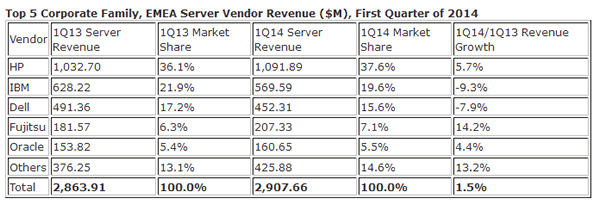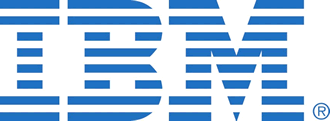 Shipments of servers in Europe, the Middle East and Africa (EMEA) fell by four percent in the third quarter of 2014 but revenues rose by 1.2 percent year on year to amount to $2.9 million.
Shipments of servers in Europe, the Middle East and Africa (EMEA) fell by four percent in the third quarter of 2014 but revenues rose by 1.2 percent year on year to amount to $2.9 million.
Gartner said that growth seen in the second quarter of this year was “a short lived phenomenon and marginal revenue growth…highlights the fragility of demand”.
But despite this, revenues grew for the third consecutive quarter following 10 previous quarters where revenues declined.
HP managed to grow its revenue lead in the regions with 6.4 percent growth, although shipments declined by 8.2 percent. The growth was largely accounted for by demand for rack optimised and blade system.
Dell managed to displace IBM as second in place in terms of both revenues and shipments. It managed to grow nine percent in revenues and 3.4 percent in shipments. IBM, of course, is ridding itself of its X86 business to Lenovo, while its RISC shipments were hit by a fall in demand for Unix systems. Its lucrative mainframe business is in stasis as Big Blue readies new launches.
Gartner thinks one of the problems is that IT departments in enterprises are struggling because there are datacentre modernisation initiatives which means they are taking their eyes off the ball in the traditional server marketplace.
If RISC, the Intel Itanium and Unix revenues are counted as one, they fell in the quarter by 13.2 percent.









